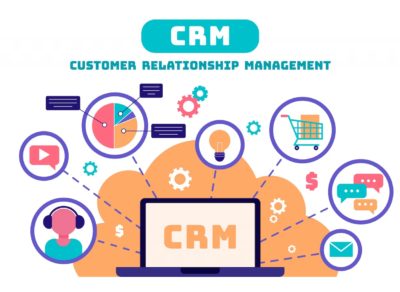
3 problems with digital customer onboarding banking you’re likely to miss
Digital customer onboarding is a process that has revolutionized the banking sector. Instead of having to go through long wait times and poring over paperwork, customers can now complete their account setup online in a fraction of the time. While this process is undoubtedly faster and more convenient for customers, there are a few problems with digital customer onboarding that banks may be overlooking.
In this blog post, we’ll take a look at three of the most common issues with digital customer onboarding and how banks can overcome them.
1. The Procedure Is Excessively Long

The length of time it takes a consumer from start to finish is the most difficult challenge in running a successful onboarding process. It could take weeks to complete the process, resulting in lost revenue and customer dissatisfaction. Multiple documents, a massive amount of data, and multiple departments make the onboarding process time-consuming.
A bank, for example, may have three sectors that cater to different customers: retail, corporate, and insurance. If a customer enrolls in all three sectors of the bank, he or she will have to go through the onboarding process three times. This is not an efficient process for the company, and it is especially inefficient for the customer. There has to be a way to make this task less difficult. There is, thankfully, with digital banking tools like conversational AI.
The Solution
Conversational AI can be used to automate a customer’s request for documents. Document handling was a time-consuming process prior to digital solutions. Employees were constantly running back and forth with customers to gather the necessary documents to complete the onboarding process.
Customers would drop off and abandon the onboarding process as complications arose because it was inconvenient. Intelligent virtual assistants can assist customers throughout the onboarding process and re-engage them if they fall behind. The AI assistant can also answer questions and delegate more complex ones to human agents.
Smartosc solutions : BACKBASE DIGITAL BANKING, BUY NOW PAY LATER, LOS, CDP, EKYC, DIGITAL ONBOARDING
2. Customers do not have the option of selecting their preferred communication channel
Consumers want the option to choose their preferred communication channel now more than ever. When a company does not provide multiple channels of communication, it makes it difficult for the consumer to have a personalized experience. Without the proper messaging channels, your customers may abandon you, and your retention rates may suffer.
Messaging apps and chatbots have expanded the possibilities by navigating the best way to interact with customers and establishing a new method for customer onboarding. Consumers can sign up for a subscription quickly through their mobile devices instead of speaking with representatives via the web, thanks to the availability of multiple messaging channels. The more opportunities you can provide for your customers, the better the user experience will be, and positive word of mouth about your company will spread.
The solution
AI-powered chatbots are no longer limited to your website. They can also be used in other communication channels, such as SMS/text and social media. A chatbot can be used to authenticate the user, answer questions, collect necessary documents, automate the user journey, and even send reminders to keep the customer’s attention. This option allows the user to complete the onboarding process on their own terms and via the messaging channel of their choice.
A chatbot is available 24 hours a day, seven days a week to assist the user. Conversational AI bots pick up where they left off, and they know when to pass information to a human if more complex situations arise. Providing a user’s preferred communication channel improves the user experience and allows a company to onboard customers more quickly.
3. Customers find onboarding inconvenient

Customers have traditionally had to complete onboarding on a 9-to-5 schedule, completing paperwork on the company’s time. Signatures as well as physical hardcopies must be mailed. This method of doing business is extremely inconvenient for the customer. Simply missing a customer’s email could result in another day’s delay, causing additional headaches and negatively impacting the overall customer experience.
The Solution
AI Virtual Assistants can assist customers with onboarding on their own time. They can provide support 24 hours a day, seven days a week. Customers no longer have to rely on the 9-to-5 workday to complete documents. Through natural and user-friendly interactions, these conversational robots assist in providing self-service solutions to customers. They can also access data from a variety of sources within your company, allowing for a more personalized experience with fewer information requests.
Conclusion
Digital customer onboarding in banking is essential to providing a frictionless customer experience and avoiding customer churn. By taking the time to understand the three main problems with digital customer onboarding that banks face, you can avoid making these mistakes and provide a better experience for your customers.
If you want help with your digital customer onboarding, SmartOSC Fintech is here to help. Our team of experts can assist you in creating a seamless, smooth, and enjoyable customer onboarding experience that will keep them coming back for more. Contact us today to get started!


